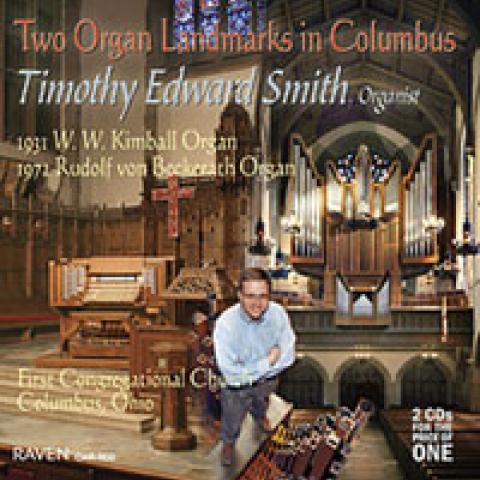Blasts from the Century Past, David Heller. Trinity Episcopal Cathedral, Portland, Oregon, 1986 Rosales organ. Pro Organo CD 7197;
www.zarex.com.
Subtitled “A Baby-Boomer’s Organ Scrapbook from the Nuclear Century,” this clever idea gives an opportunity to showcase familiar music many of us learned during our student days. Bonnet’s bombastic Variations de Concert is truly a blast, while Frank Bridge’s serene Adagio in E Major perhaps does not require a totally full-organ climax with such a brightly voiced instrument. The quiet ending, however, is elegantly interpreted by Dr. Heller.
The repertoire reminds us of the many beautiful compositions from relatively recent years. Vierne’s evocative Etoile du Soir and the Dupré Lamento are cases in point, sensitively performed on this versatile organ. It is good to hear one of Paul Hindemith’s sonatas—this the 1937 Sonate II, showing Hindemith’s mastery of harmony and counterpoint. Refreshing!
There is a very wide dynamic range on the recording. My preference is for the quieter sounds up to about a forte. To me the fff passages are excessively bright. William Albright’s devilish Jig for the Feet poses no problem for David Heller. It is dashed off in great style. A nice touch before the playing of Persichetti’s Chorale Prelude on “Drop, Drop Slow Tears” is that it is beautifully sung by baritone Kevin Walsh.
The concluding selection is actually a “Blast from the Century Present”—a 2002 Fantasy Toccata commissioned by Dr. Heller and composed by Craig Phillips. This complex work of about eight minutes duration is well worth hearing, and exuberantly performed.
—Charles Huddleston Heaton
Pittsburgh, Pennsylvania
Diapason Review: Blasts from the Century Past, played by David Heller
THE DIAPASON



